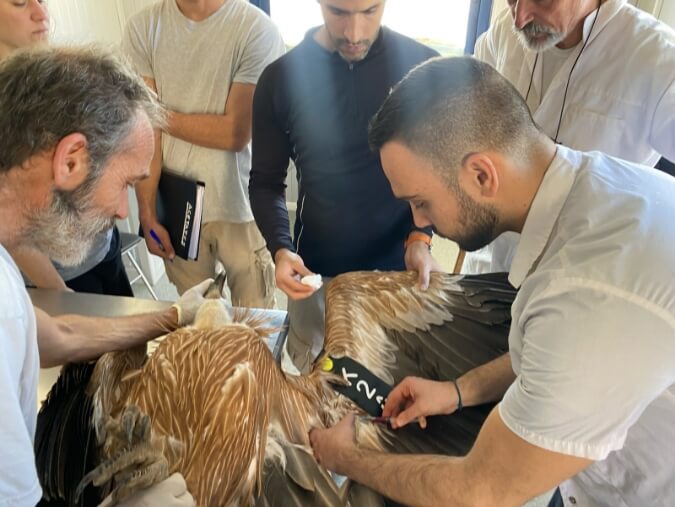CAUSES AND AGENTS OF DEATH, INJURY AND DISEASE IN WILDLIFE

Species
Birds (raptors, nocturnal, aquatic, wading birds), large carnivorous mammals (red foxes, golden jackals, badgers, skunks), bats.
Organization
ANIMA - HELLENIC WILDLIFE CARE ASSOCIATION
Duration
February 2023 - December 2026
Region
GREECE
THE NEED
To effectively conserve species and their habitats, a key first step is to understand the human activities that contribute to the decline of wildlife populations. By identifying these threats, conservation efforts can be targeted and tailored to address the specific issues at hand.
Beyond direct human-caused threats, wildlife populations are also negatively impacted by various diseases. In order to provide effective treatments, it is essential for wildlife care centers to have access to accurate data on the exact cause of the disease and to have appropriate, case-specific treatment protocols. Identifying the pathological and environmental factors responsible for diseases (such as viruses, fungal infections and poisoning), as well as conducting health screening of wild fauna species, will enable the development of appropriate treatments.
THE PROGRAM
The program aims to address knowledge gaps around the causes and factors contributing to injury, disease and death of wild animals (focusing on birds of prey, nocturnal birds, waterbirds, wading birds, large carnivorous mammals – particularly red foxes, golden jackals, badgers, and martens- and bats). These are key elements in the development of targeted and effective conservation measures for the species.
Project activities include multivariate statistical analyses based on data collected by ANIMA over the last 18 years (~60,000 incidents) to identify the primary reasons for admitting animals to care centers. Therefore, it will also be possible to specify the main anthropogenic threats, per taxonomic group, clarifying whether they show consistency or seasonal variation.
In addition, diagnostic tests on sick or dead animals help in the early diagnosis of diseases and facilitate the formulation of effective treatment. These also act as an alert for possible transmissible infectious diseases and possible toxic or other widespread pollution in an area.
Tests also provide information on the substances most commonly used in poison baits so that wildlife care centers can stock on the appropriate antidotes.